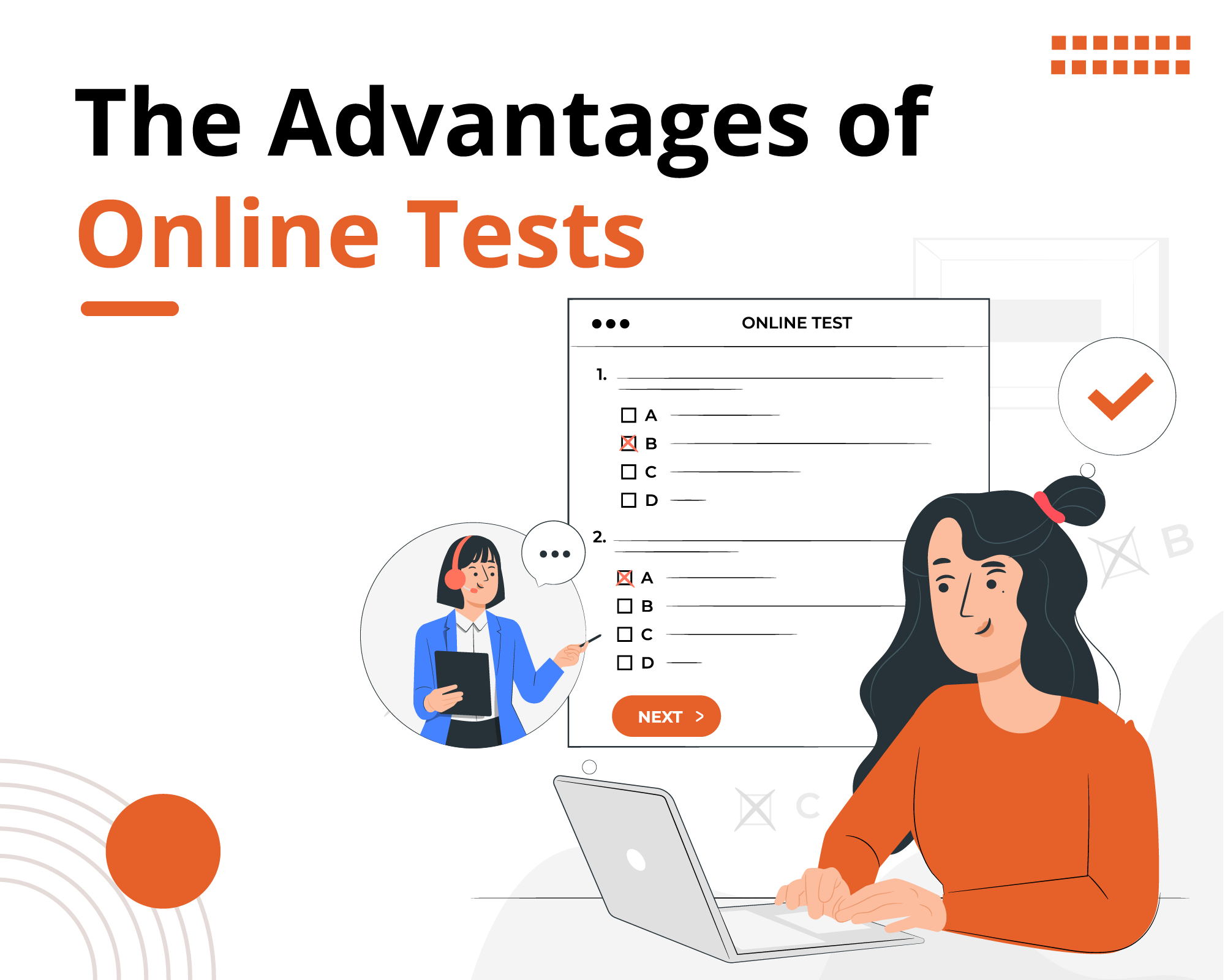What Is Assessment for Learning and Why It Is Important?

Assessment for learning happens throughout the learning journey, using feedback to help students get better. It’s not like a ‘summative assessment‘ where teachers evaluate how much students learned at the end of a period, often through a test.
With assessment for learning, the main goal is to bridge the gap between where a learner is and where they want to go. Teachers use assessment info to tweak their teaching methods, focusing on progress and success rather than failure.
A simple example of this is using traffic light cards. Students have red, amber, and green cards to show how well they understand something. They can signal if they don’t get it (red), sort of get it (amber), or fully get it (green) at any point in the lesson.
It’s a straightforward but effective way for kids to be part of assessing their own learning, and for teachers to quickly check how well students understand and how much progress they’ve made.
Key Principles of Assessment for Learning
1. Effective Planning
When teachers plan, it’s not just about lessons but also about figuring out how both students and teachers can learn from what’s happening. Planning should involve ways to check on progress toward goals, using strategies that help students grasp what they’re aiming for and how they’re being evaluated.
2. Central To Classroom Practice
In classrooms, a big part of what happens is like a constant assessment. Students show what they know, and teachers watch and decide how things can get even better. It’s not just about grades; it’s about understanding and skills.
3. Clear Goals and Criteria
To really learn, it’s important to know what you’re aiming for. When learners get to help decide goals and criteria for tracking progress, they tend to understand and care more about the whole process.
4. Be Thoughtful and Helpful
Teachers, be mindful of how your comments and grades can affect learners’ confidence and excitement. Feedback should be constructive, zooming in on the work itself rather than the person behind it.
5. Boosts Motivation
Rather than focusing on mistakes, it’s all about celebrating achievements to keep learners motivated. Comparing with others who might be doing better can demotivate and make learners disengage from the learning journey.
6. Acknowledges Every Educational Achievement
Assessment for learning should highlight and improve opportunities for all learners across various educational activities. This way, everyone gets a chance to shine and be acknowledged for their hard work and accomplishments.
7. Understands How Students Learn
Teachers and students should both be thinking about how the learning process works. It’s important for learners to be just as aware of ‘how’ they learn as they are of ‘what’ they’re learning.
8. Helps Learners Know How to Improve.
Students should get the info and guidance they need to figure out what’s next in their learning journey. Teachers should highlight strengths and provide constructive feedback on areas for improvement, along with suggestions on how students can make those improvements.
9. Encourage Peer and Self-Assessment
Kids need to think about their own learning and their classmates’ too. Teachers play a role in helping students get better at figuring out what they’ve learned and what comes next.
10. Assessment for Learning (AFL) is a Crucial Teacher Skill
Teachers should know how to:
- Plan assessments
- Watch and understand how students learn
- Analyse what students show they’ve learned
- Give helpful feedback
- Help students learn to assess themselves
Teachers need the right training and ongoing development to ace these skills.
Why is Assessment for Learning Important?
Assessment Learning is important because of the following reasons:
-
Enhanced Learning and Achievement
Keeping an eye on students’ progress through regular assessments lets teachers pinpoint areas that might need a little extra attention. This targeted support goes a long way in boosting academic performance and overall achievement.
-
Boosted Confidence, Resilience, and Self-esteem
Assessment feedback isn’t just about grades—it’s a roadmap for students to understand where they shine and where they can grow. This insight builds confidence, resilience in the face of challenges, and an overall positive self-esteem.
-
Positive Classroom Vibes and Learning Spaces
Assessment for learning promotes a positive classroom culture by fostering a growth mindset. It encourages students to view mistakes as opportunities for learning and promotes a collaborative and supportive learning environment.
-
Better Student Outcomes
Continuous assessment lets teachers tailor their teaching to fit each student’s needs. This personalized approach leads to better outcomes by addressing individual learning styles and preferences.
-
Fostering Independence
Assessment for learning nudges students to take charge of their own learning journey. With feedback and guidance, educators empower students to be independent learners, capable of tracking and managing their progress.
-
Increased Productivity and Motivation
Clearly defined goals and regular feedback keep students on track and motivated. When they can see progress and understand how to improve, it adds purpose to their learning, driving motivation to participate in educational activities.
7. Encouraging Thoughtful Discussions
Assessment for learning sparks metacognition, where students reflect on their own thinking processes. This kind of talk in the classroom makes students more aware of their learning strategies, leading to a deeper understanding and improved problem-solving skills.
Why is the Role of the Teacher is Important in Assessment for Learning?
The role of the teacher is important in Assessment for Learning for the following reasons:
-
Meeting Learning Needs and Addressing Gaps
Regularly check in on students through quizzes, tests, projects, and class discussions to identify where they excel and where they might need more support.
-
Thoughtful Material Selection
Pick teaching materials that cater to various learning styles and abilities, blending textbooks, online resources, multimedia, and hands-on activities to suit different preferences.
-
Customized Teaching Approaches
Craft diverse teaching strategies that accommodate the range of learning styles and abilities in your classroom. For students who need it, offer extra resources and support like additional practice materials or tutoring sessions.
-
Prompt Feedback
Give timely feedback on assignments, assessments, and class participation to guide students on their learning journey. Address common misconceptions right away and use a mix of positive reinforcement and constructive criticism to keep them motivated.
-
Adaptable Instruction
Tailor your lesson plans and teaching methods to match the diverse needs of your students. Adjust the pace of teaching to make sure everyone can grasp and apply the concepts being taught.
-
Continuous Interaction
Keep the lines of communication open with your students, encouraging questions and seeking clarification. Regular one-on-one conferences help you understand individual progress and address specific concerns, creating a supportive classroom where students feel comfortable expressing their needs.
-
Professional Growth
Stay up-to-date on the latest teaching methods, educational technologies, and resources to keep refining your instructional practices. Engage in professional development opportunities focused on inclusive teaching and addressing diverse learning needs.
Difference Between Assessment of Learning and Assessment For Learning
| Aspect | Assessment For Learning | Assessment Of Learning |
| Purpose of Assessment | Guides teachers in shaping future lessons | Judges how well a student has learned the material |
| What is Assessed? | Looks at student progress and learning needs | Evaluates the application of knowledge and skills |
| Assessing Methods | Utilizes methods to make skills and understanding visible | Mixes methods to assess both end results and the learning journey |
| Quality of Assessment | Engages students in challenging their thinking | Requires accurate, consistent, and fair judgment based on high-quality information |
| Using Assessment Information | Guides students on what tasks to focus on next | Informs teachers on how to differentiate instruction and gives feedback to parents |
| Types of Assessment | Formative and diagnostic, helping teachers adapt teaching | Primarily summative, useful for parents and administrators |
Closing Thoughts
So, there you have it – Assessment for Learning, your secret tool for a classroom that’s not just about grades but about every student’s journey. It’s like creating a roadmap where everyone’s progress matters, and mistakes are just stepping stones. Keep the positive vibes going, spark those thoughtful discussions, and let’s make learning a continuous adventure for every student. Here’s to progress, growth, and a classroom that’s always buzzing with excitement!
Ready to take your assessments to the next level?
Dive into Extramarks Assessment Centre for a game-changing experience! Personalised assessments, in-depth analytics, and a huge question bank await you. Step up your learning game – because at Extramarks, it’s not just about taking tests, it’s about mastering them and making your students reach new heights of excellence!
Learn MoreLast Updated on August 31, 2024










